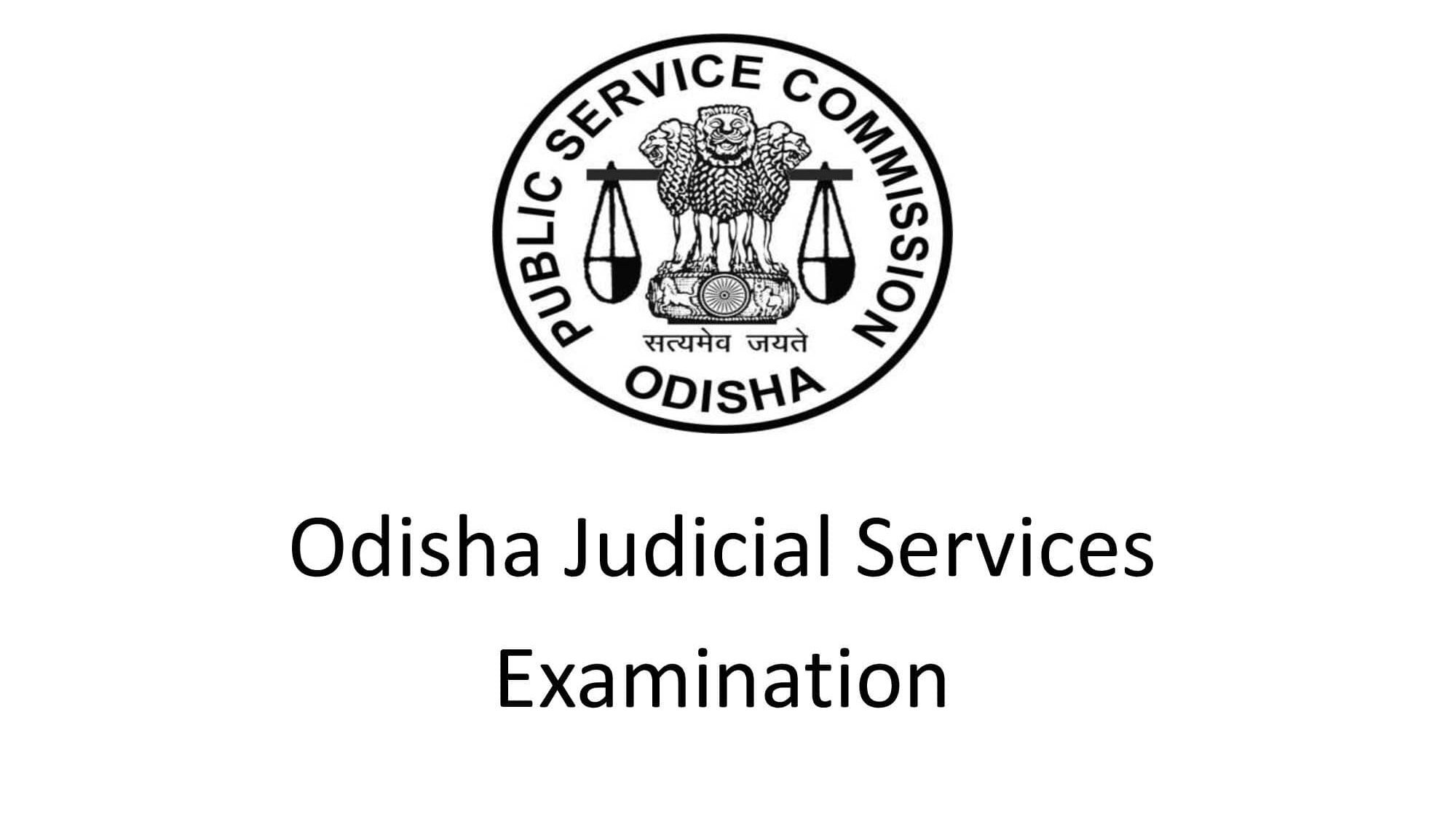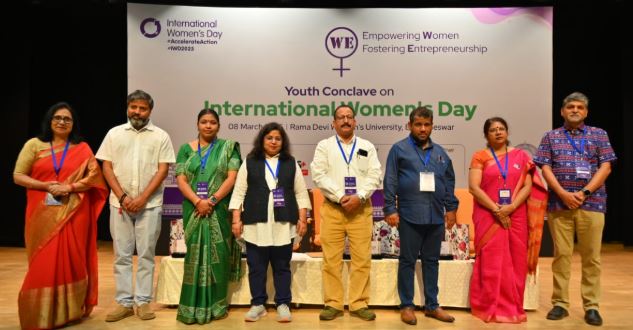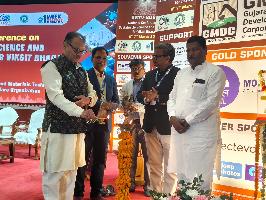New Delhi, May 5: One of consistent themes of Prime Minister Narendra Modi’s public rallies is a comparison between then and now -- pre-2014 era and post May 2014 when the BJP-led NDA came to power with a clear majority.
That’s important also because an incumbent has to give a report card to the electorate to showcase his achievements to let people make a decision about their voting preference.
At a recent rally in Dharashiv in Maharastra, the Prime Minister said, “Ye Modi hai, ye samasya ko talta nahi, ye samasya se takrata hai (Modi does not shy away from problems, he confronts them)”.
This is his other consistent position.
One of the reasons why PM Modi has been able to deliver on this count and build a favourable public narrative for him and the BJP is perhaps because he doesn’t believe in what for ages was considered to be a virtue or prudent politics -- 'political correctness and balancing act’.
That, coupled with encouraging the younger lot to “think big and dream big”, makes him different from all his predecessors in making clear decisions, either on issues of governance and national security or building a narrative of his own or countering the narratives of his political rivals.
Delivery, speed and scale, and fairness and transparency have been his government’s USP. That, in fact, is the key reason why millions of Indians have placed their complete trust in PM Modi.
It wouldn’t be an exaggeration to say that as the Chief Minister of Gujarat from October 2001 to May 2014, he built a Gujarat model of development, which propelled him to become the Prime Minister of India after winning the elections with an absolute majority in 2014 after three decades.
In 2019, after close to five decades, he became the third leader since Independence after Jawaharlal Nehru and Indira Gandhi to return to power with a full majority. The BJP crossed the 300-mark on its own, surpassing the 350-seat mark with its allies.
For the ongoing Lok Sabha elections, PM Modi’s call for 'Abki Baar, 4 June Ko 400 Paar’ is surely an ambitious target, but not a flight of fancy.
With his pulse on the ground, PM Modi knows that the developmental track record and a roadmap for further development are important components, but to enthuse the electorate to come forward and vote, an emotional connect with them on issues that touch their heart and stir their conscience is equally important.
He talks at length about the 'Viksit Bharat’ mission, India catapulting to the third largest economy in his third term, and the social welfare schemes that the government has launched in the last 10 years. Issues relating to culture, civilisation and faith are the other dimensions.
The Ram Mandir, for instance, was an issue of faith for most Hindus, and PM Modi had no qualms in explicitly expressing his faith and devotion in the countdown to the 'Pran Pratishtha' (consecration) ceremony of Ram Lalla in Ayodhya.
So was the inauguration of the new Parliament House.
There are too many examples of when he went ahead with a well-thought-out plan to revive the honour and glory of India’s rich civilisational and cultural legacy. There is always a plan to build an infrastructural network around projects to ease accessibility and improve the economy of the region. Ayodhya is one prime example.
His core strength, where he gets maximum applause during his election rallies, lies in puncturing the attempted narratives of his political rivals and building a counter-narrative.
An example of that is how he put the Congress on the defensive on its manifesto or the 'Nyay Patra’, over two chapters -- “Equity” and “Religious and Linguistic Minorities”.
PM Modi likened it to the Muslim League manifesto and reasoned how.
Rahul Gandhi's public announcement on the “financial and institutional survey” for redistribution of wealth and Sam Pitroda’s call for imposing the defunct idea of 'Inheritance Tax' in India were smashed by PM Modi far and wide.
It seems that the Congress leadership believed that the BJP would not perhaps risk opposing these issues.
The Congress leadership, however, has a problem. With their sense of entitlement and misconceived notions, it has unfailingly underestimated PM Modi’s potential and his delivery.
PM Modi swung Congress’ narrative on its head, pitching the counterpoints in such a way that the Congress and its allies found it hard to find the right counter, either on financial survey or on reservations -- that Congress was actually snatching OBC, SC and ST rights by gifting them to Muslims through the backdoor, as was seen in Andhra Pradesh in the past, and in Karnataka at the present.
Former Pakistan Minister Chaudhry Fawad Hussain praised Rahul Gandhi on X, saying, "Rahul on Fire….” to a video clip of the Congress leader where he made uncharitable remarks about the Pran Pratishtha ceremony of the Ram Mandir in Ayodhya.
It provided PM Modi ammunition to mount a heavy-duty attack on the “Congress and Pakistan connect”, saying, “Congress is dying, Pakistan is crying”.
So was the 'vote jihad' call by Samajwadi Party leader and senior Congress leader Salman Khurshid’s niece Mariam Alam.
What adds to PM Modi’s appeal is the unmatched energy level that he brings to his campaigns, the capacity to always come up with something, some issues to connect with the local people in each region before dwelling on the larger issues.
(IANS)
































